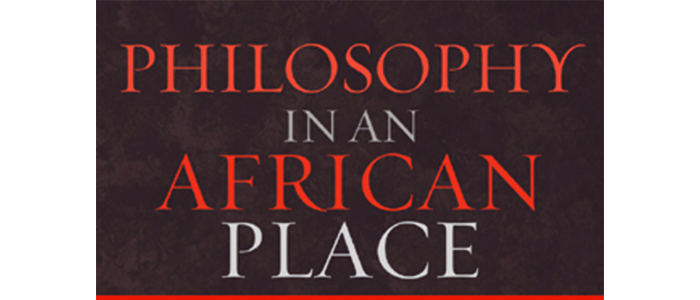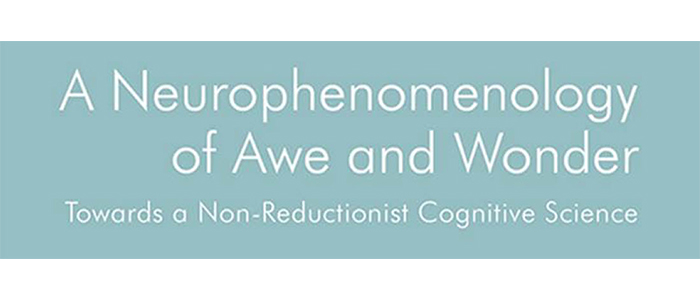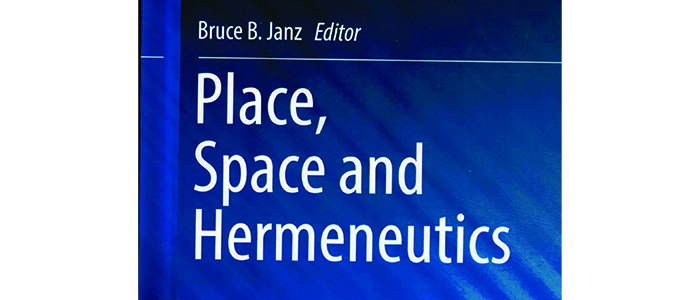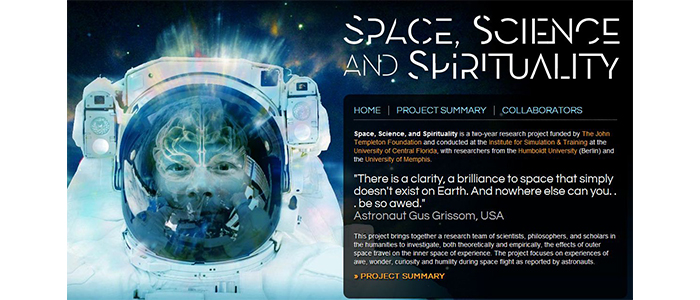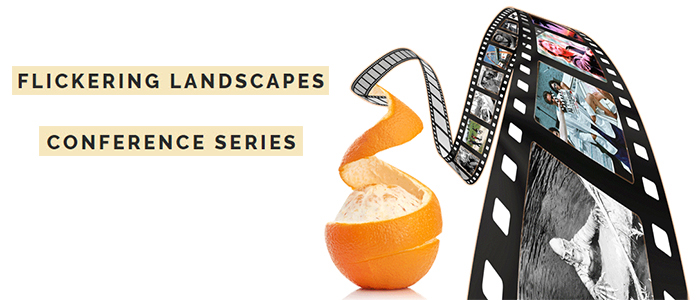Websites
- Atlas of Canada
- Atlas of Canada–Origins of the People, 1901
- British Library Map Home Page.
- Canada at Scale–Maps of our History (National Achives of Canada)
- Canadian Communities Atlas
- Canadian County Atlas Digital Project
- Canadian Geographic: Mapping
- Cartes géographiques numériques (Bibliothèque nationale du Québec)
- Cartography
- *Cartographic Images (Jim Siebold’s new site). Includes ancient, mediaeval and Renaissance maps, plus links.
- Degree Confluence Project – photographing the confluence of longitude and latitude
- Geoplace: The Authoritative Resource for Spatial Information
- Geoscape Canada (Natural Resources Canada)
- Historical Atlas of Canada (University of Toronto)
- Historical Maps Online
- John R. Borchert Map Library
- Lie of the Land: The Secret Life of Maps (British Library Exhibition)
- On-line Map Creation
- OnePixel Boston – geocaching performance mapping
- Map Collections 1500-2004 (Library of Congress)
- *Map History/History of Cartography
- Mapping Early Modern Worlds
- The Map Room: A Weblog About Maps
- *Odden’s Bookmarks
- Perry-Castaneda Library Map Collection.
- Platial – The People’s Atlas
- Trésors de la Cartothèque de l’Université Laval
- W.A. Pugsley Collection of Early Canadian Maps (McGill University)
- World of Maps
Journals
- The Cartographic Journal
- Imago Mundi: International Journal of the History of Cartography
- Mercator’s World: Magazine of Maps, Geography, and Discovery
Email Discussion Groups
MapHist – email discussion group on the history on cartography.
General Bibliography
Blades, M. & C. P. Spencer. “How do people use maps to navigate through the world?” Cartographica 24, (1987): 64-75.
Blaut, J. M. “Maps and Spaces” Professional Geographer 51:4 (1999): 510-515.
Brown, Barry & Mark Perry. “Of maps and guidebooks: Designing Geographical Technologies.” http://www.dcs.gla.ac.uk/~barry/papers/DIS%20brown%20FINAL.pdf
Carpenter, E. Eskimo Realities. New York: Holt, 1973.
Casino V.J.D.; Hanna S.P. “Representations and identities in tourism map spaces.” Progress in Human Geography. 24:1 (March 2000): 23-46.
Christopher, A. J. The Atlas of Changing South Africa, Second Edition. London and New York: Routledge, 2001.
Zondi, Siphamandla. “Review of The Atlas of Changing South Africa, Second Edition. London and New York: Routledge, 2001.” http://www2.h-net.msu.edu/reviews/showrev.cgi?path=259231012405653
Coole, Diana. “Cartographic Convulsions: Public and Private Reconsidered.” Political Theory 28:3 (2000): 337-354.
Crossley, Phil. “Maps, Perception and Place” http://www.western.edu/headwtrs/Archives/headwaters12_papers/crossley_paper.html
Garling, T. G., et. al. “Reference Systems in Cognitive Maps” in Journal of Environmental Psychology 6(1986): 1-18.
Gell, Alfred. “How to Read a Map: Remarks on the Practical Logic of Navigation.” Man, New Series 20:2 (June 1985): 271-286.
Harley, J. Brian, edited by Paul Laxton, with an introduction by J. H. Andrews. The New Nature of Maps: Essays in the History of Cartography. Johns Hopkins University Press. 2001.
Harmon, Katherine, ed. You Are Here: Personal Geographies and Other Maps of the Imagination. Princeton Architectural Press, 2003.
Hartnett, Stephen. “Michel de Certeau’s Critical Historiography and the Rhetoric of Maps” Philosophy and Rhetoric 31:4(1998): 283-302.
Heise, Bernard W. Visions of the world: geography and maps during the baroque age, 1550-1750. Unpublished dissertation, Cornell University, Ithaca, NY, 1998.
Jackson, Peter. Maps of Meaning. London: Routledge, 1989.
Kennedy, Joy. “The Edge of the World.” Michael Benton, Melissa Purdue, and G. Wesley Houp, eds. Reconstruction: Studies in Contemporary Culture 5:3 (Summer 2005) http://www.reconstruction.ws/053/kennedy.shtml
Kitazawa, Yutaka. “The Accountability of Hand-Drawn Maps and Rendering Practices.” Human Studies 22:2-4 (October 1999): 299-314.
Klein, Bernhard. Maps and the Writing of Space in Early Modern England and Ireland. Palgrave Press, 2001.
Nally, David. “The Production of Space: Review of Bernhard Klein. Maps and the Writing of Space in Early Modern England and Ireland. Paul C. Adams, Steven Hoelscher, Karen Till, eds. Textures of Place: Exploring Humanist Geographies. http://www.canlit.ca/reviews/unassigned/5574_nally.html
Lamble, William H. “Genealogical Geography: Place Identification in the Map Library.” IFLA Journal 26:3 (2000): 203-208. http://www.ifla.org/V/iflaj/jour2603.pdf
Lynch, K. “Some References to Orientation” in R. M. Downs and D. Stea, eds. Image and Environment. Chicago: Aldine, 1973.
Mark, David M., Nicholas Chrisman, Andrew U. Frank, Patrick H. McHaffie, John Pickles. “The GIS History Project”. http://www.geog.buffalo.edu/ncgia/gishist/bar_harbor.html
Merril, A. A. & J. C. Baird. “Semantic and Spatial Factors in Environmental Memory” in Memory and Cognition 5 (1987): 101-108.
Morantz, Alan. Where is Here? Canada’s Maps and the Stories They Tell. Toronto: Penguin Canada, 2002.
Pascalev, Mario. “Maps and Entitlement to Territory.” in Light, Andrew & Jonathan Smith, eds. The Production of Public Space: Philosophy and Geography II. Lanham: Rowman and Littlefield, 1998.
Piper, Karen. Cartographic Fictions: Maps, Race, and Identity. Rutgers University Press, 1999.
Reed, Angie. “Nurturing Your Sense of Place: Using Maps as Tools for Seeing Different Perspectives.” http://www.rivernetwork.org/library/librivtoolmap_rv01v12n1.cfm
Richmond, Erin. Maps and Tourism on the Web: An Online Survey. Master’s Thesis, University of Victoria, 2002. http://office.geog.uvic.ca/mapsandtourism/index.html
Sadalla, E. K. et. al. Retrieval Processes in Distance Cognition” in Memory and Cognition 7 (1980): 291-296.
Sanford, Rhonda Lemke. Maps and memory in early modern England: a sense of place. New York: Palgrave, 2002.
Shapiro, Michael. “Triumphalist Geographies.” Featherstone, Mike & Scott Lash, eds. Spaces of Culture: City – Nation – World. Sage Publications, 1999: 159-174.
Short, John Rennie. Representing the Republic: Mapping the United States 1600–1900. Reaktion Books, 2000.
Smith, Barry. “On Drawing Lines on a Map.” http://ontology.buffalo.edu/smith//articles/drawing.html
Tuan, Yi-Fu. “Images and Mental Maps” in Annals, Association of American Geographers 65:2 (1975): 205-213.
Turnbull, David. Maps are Territories: Science is an Atlas. University of Chicago Press, 1994.
Wood, Denis with John Fels. The Power of Maps. New York: Guilford Press, 1992.
Zukas, Alex. “Terra Incognita/Terra Nullius: Modern Imperialism, Maps, and Deception.” Backhaus, Gary and John Murungi, eds. Lived Topographies: and their Mediational Forces. Lanham, MD: Lexington Books, 2005.

